KAIST
BREAKTHROUGHS
Research Webzine of the KAIST College of Engineering since 2014
Spring 2025 Vol. 24Digital twin simulations enable reliable and rapid prediction of ground deformation and collapse, paving a new way to safeguard and decarbonize the built environment under climate change.
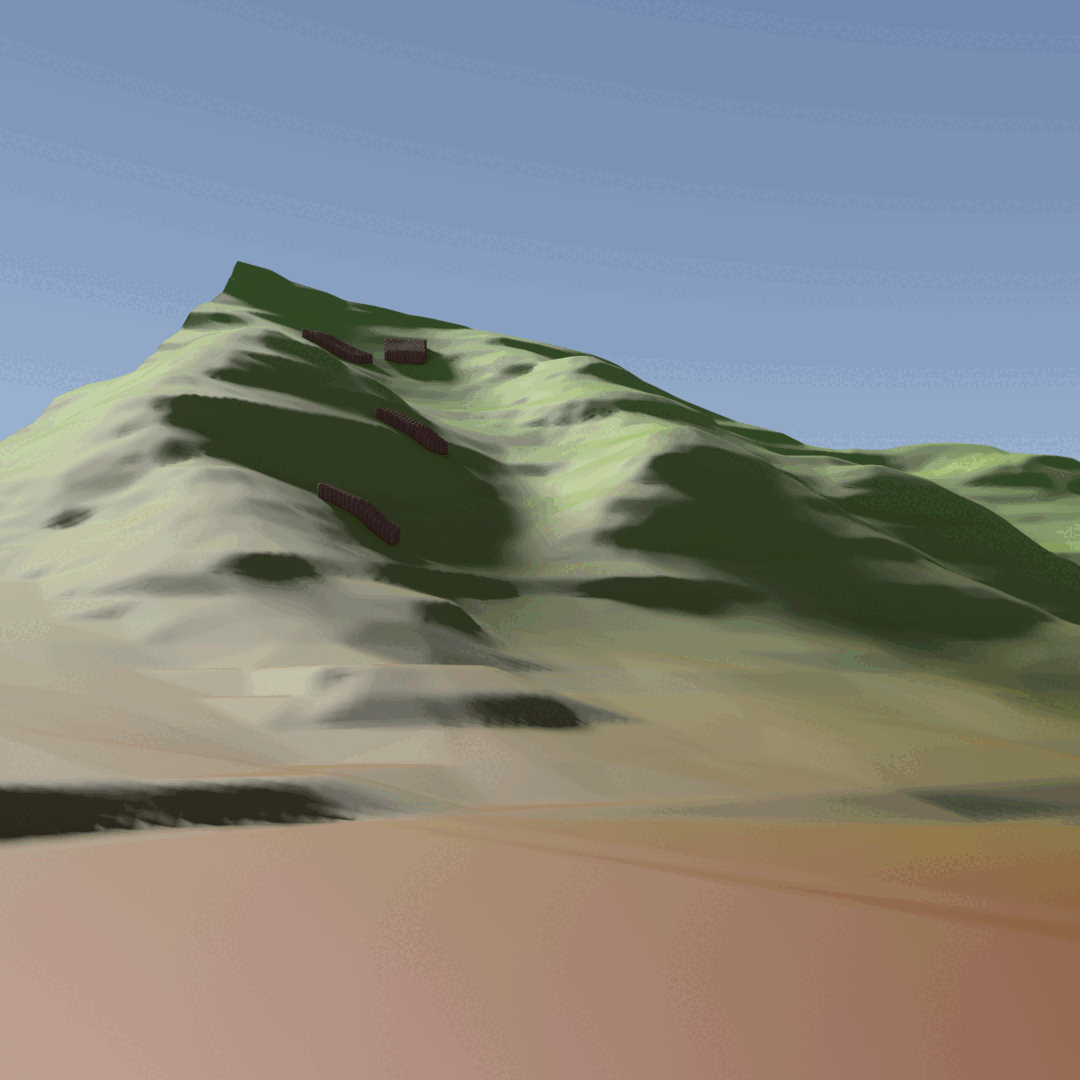
Ground is a central element of the built environment. Humans live and travel on the ground, and all infrastructure systems are built on or in the ground. Surprisingly, however, it is extremely difficult to understand and predict how ground deforms and collapses under loadings and/or environmental changes. Indeed, it is not a secret that geomaterials – soils and rocks – are one of the most difficult materials to predict, from the viewpoint of physics.
For decades, a large number of mathematical models have been developed for describing and predicting the deformation and failure of geomaterials. Many such models have faithfully reproduced the mechanical behavior of geomaterials observed in experiments. Nevertheless, rarely can one find a geomechanical model that has been applied to engineering analysis representing complex real-world structures as digital twins. Why? This is because there has been a lack of efficient and accurate computational methods that allow for geomechanical models to be practically compatible with complex digital structures. The paucity of methods has been a major bottleneck for applying the digital twin paradigm to engineering applications dealing with the ground.
Researchers at KAIST, Yidong Zhao and Prof. Jinhyun Choo in the Department of Civil and Environmental Engineering at KAIST, have recently developed a family of novel methods that enable simulations of extremely complex deformation and failure of geomaterials in digital twins. They developed an innovative algorithm that counteracts the notorious problem of locking in a numerical technique called the material point method (MPM). Then, they proposed a new idea of coupling the MPM with the level set method, such that the resulting method can simulate complex ground deformation and collapse processes based on digital twins. The capabilities of the new method have been demonstrated through various applications from landslides to soil–machine interaction.
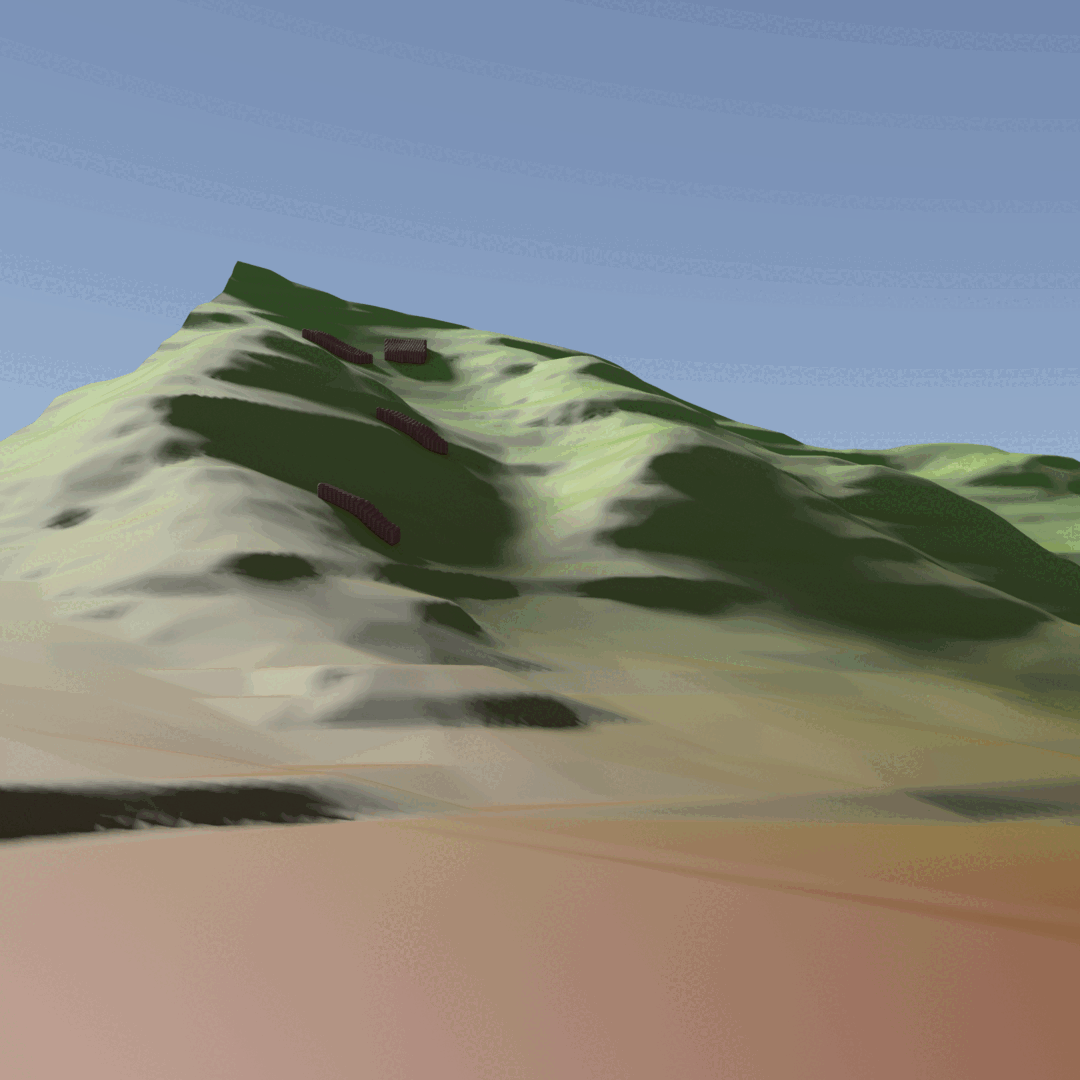

The novelty and significance of the research outcomes have recently been acknowledged at the Engineering Mechanics Institute Conference 2023 (EMI 2023) – the American Society of Civil Engineers (ASCE) premier annual mechanics conference. Yidong Zhao and Prof. Jinhyun Choo placed 1st in the 2023 Poromechanics Student Paper Competition for their paper entitled “A New Assumed Deformation Gradient Approach to Circumvent Volumetric Locking in Explicit Material Point Methods.” More papers describing their new methods are forthcoming.
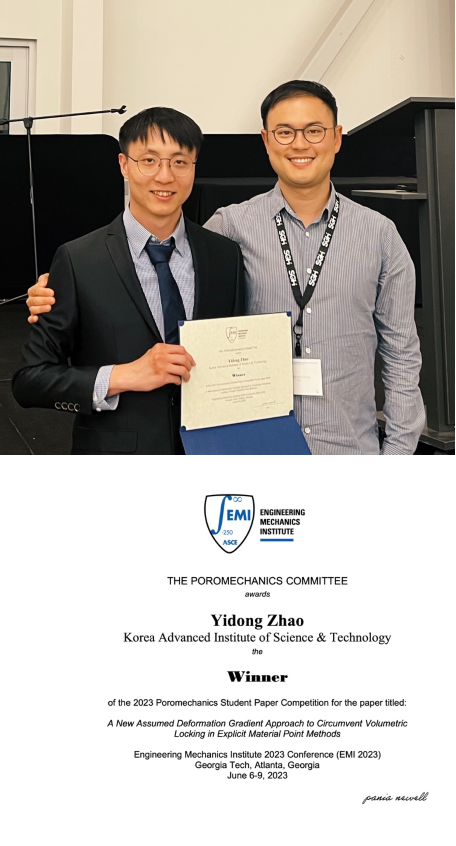
Most Popular

When and why do graph neural networks become powerful?
Read more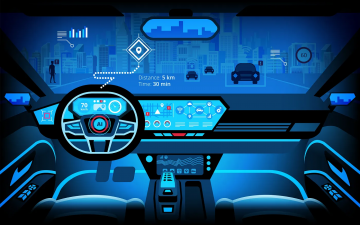
Smart Warnings: LLM-enabled personalized driver assistance
Read more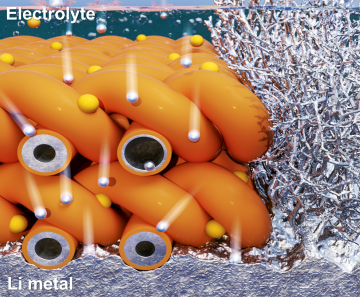
Extending the lifespan of next-generation lithium metal batteries with water
Read more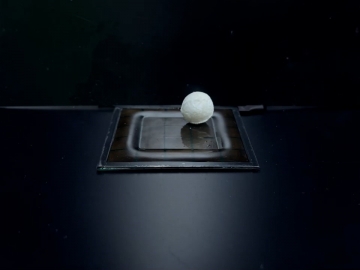
Professor Ki-Uk Kyung’s research team develops soft shape-morphing actuator capable of rapid 3D transformations
Read more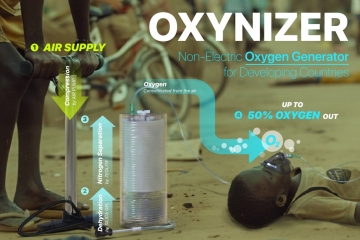
Oxynizer: Non-electric oxygen generator for developing countries
Read more